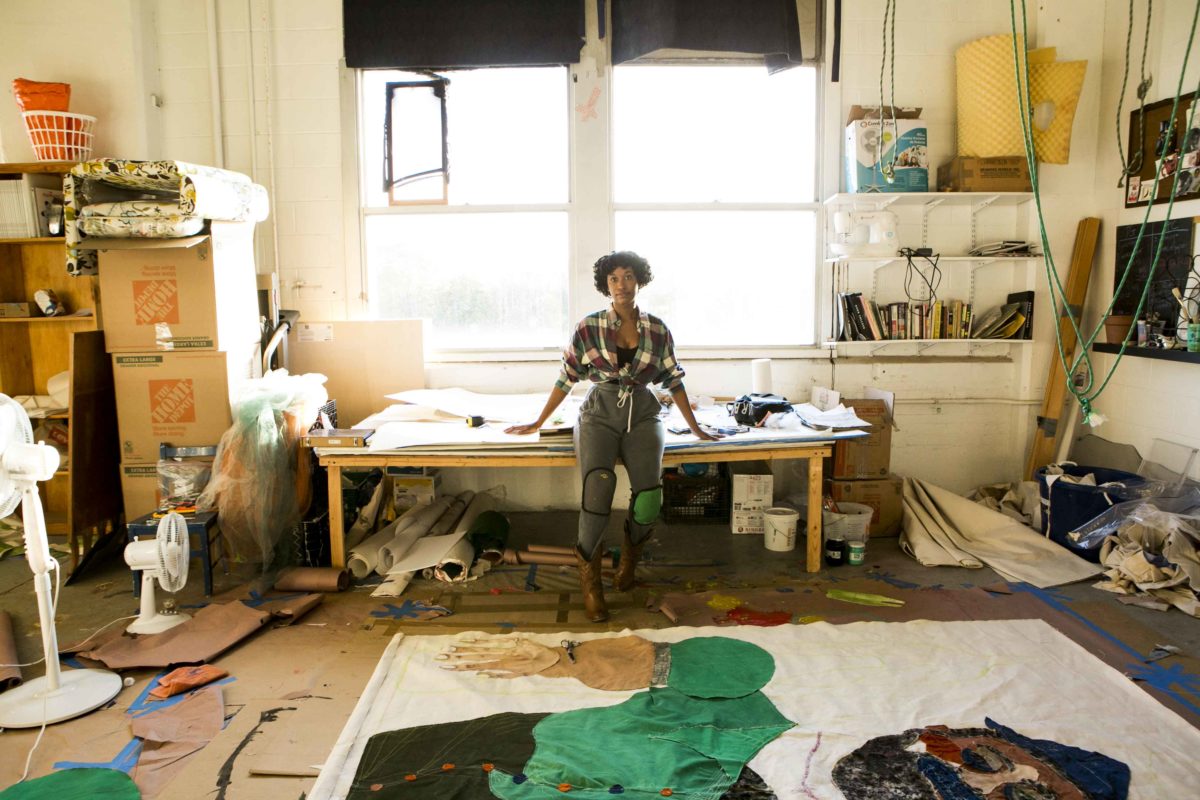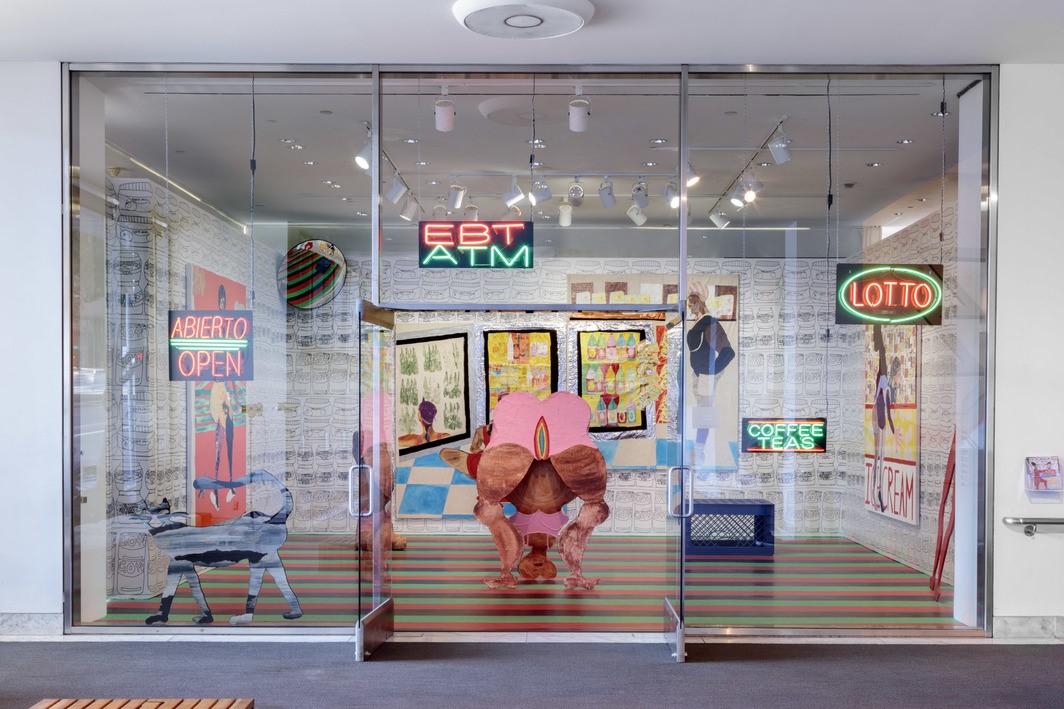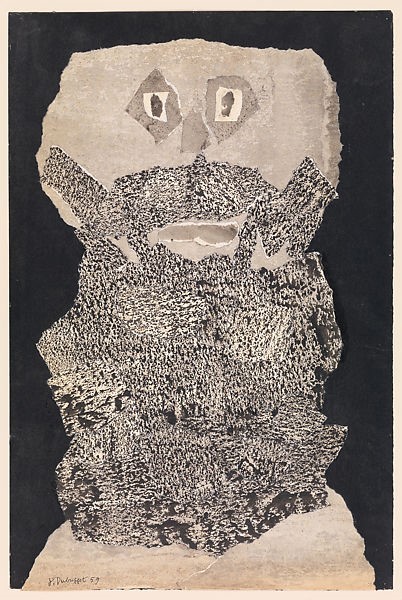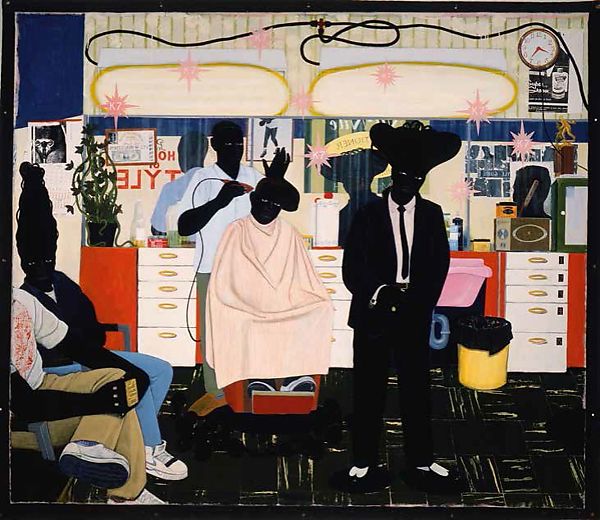20th Century & Contemporary Art Evening Sale in Association with Poly Auction
Hong Kong Auction 8 June 2021
1
Salman Toor
Girl with Driver
Estimate HK$1,200,000 - 2,200,000
Sold for HK$6,905,000
Create your first list.
Select an existing list or create a new list to share and manage lots you follow.
2
Emily Mae Smith
Broom Life
Estimate HK$400,000 - 600,000
Sold for HK$12,350,000
Create your first list.
Select an existing list or create a new list to share and manage lots you follow.
3
Loie Hollowell
First Contact
Estimate HK$1,200,000 - 1,800,000
Sold for HK$10,898,000
Create your first list.
Select an existing list or create a new list to share and manage lots you follow.
4
Tschabalala Self
KLK
Estimate HK$1,500,000 - 2,500,000
Sold for HK$3,150,000
Create your first list.
Select an existing list or create a new list to share and manage lots you follow.
5
Amoako Boafo
Gaze I
Estimate HK$600,000 - 800,000
Sold for HK$2,772,000
Create your first list.
Select an existing list or create a new list to share and manage lots you follow.
6
Joel Mesler
Untitled (Tony Chang Goes to Hollywood)
Estimate HK$400,000 - 600,000
Sold for HK$1,638,000
Create your first list.
Select an existing list or create a new list to share and manage lots you follow.
7
Jadé Fadojutimi
Concealment: An essential generated by the lack of shade
Estimate HK$600,000 - 800,000
Sold for HK$5,670,000
Create your first list.
Select an existing list or create a new list to share and manage lots you follow.
8
Kudzanai-Violet Hwami
The Egg
Estimate HK$800,000 - 1,200,000
Sold for HK$1,764,000
Create your first list.
Select an existing list or create a new list to share and manage lots you follow.
9
This lot is no longer available.
10
Matthew Wong
Figure in a Night Landscape
Estimate HK$6,000,000 - 8,000,000
Sold for HK$36,550,000
Create your first list.
Select an existing list or create a new list to share and manage lots you follow.
11
Bernard Frize
Toky
Estimate HK$1,000,000 - 1,500,000
Sold for HK$2,646,000
Create your first list.
Select an existing list or create a new list to share and manage lots you follow.
12
Lucas Arruda
Untitled from the series Deserto-Modelo
Estimate HK$1,000,000 - 1,500,000
Sold for HK$3,213,000
Create your first list.
Select an existing list or create a new list to share and manage lots you follow.
13
Gerhard Richter
Abstraktes Bild (940-7)
Estimate HK$75,000,000 - 95,000,000
Sold for HK$95,100,000
Create your first list.
Select an existing list or create a new list to share and manage lots you follow.
14
Park Seo-Bo
Ecriture No. 15
Estimate HK$4,000,000 - 6,000,000
Sold for HK$8,115,000
Create your first list.
Select an existing list or create a new list to share and manage lots you follow.
15
Zhou Chunya
Peach Blossom
Estimate HK$3,800,000 - 5,800,000
Sold for HK$7,268,000
Create your first list.
Select an existing list or create a new list to share and manage lots you follow.
16
Zhang Xiaogang
Family Portrait No. 13
Estimate HK$8,000,000 - 12,000,000
Sold for HK$10,535,000
Create your first list.
Select an existing list or create a new list to share and manage lots you follow.
17
Yoshitomo Nara
Missing in Action
Estimate On Request
Sold for HK$123,725,000
Create your first list.
Select an existing list or create a new list to share and manage lots you follow.
18
Yoshitomo Nara
Missing in Action 2
Estimate HK$2,500,000 - 3,500,000
Sold for HK$7,026,000
Create your first list.
Select an existing list or create a new list to share and manage lots you follow.
19
Yoshitomo Nara
Shallow Puddles Part 2
Estimate HK$4,800,000 - 6,500,000
Sold for HK$9,325,000
Create your first list.
Select an existing list or create a new list to share and manage lots you follow.
20
Martin Wong
Son of Sam Sleeps
Estimate HK$2,000,000 - 3,000,000
Sold for HK$2,772,000
Create your first list.
Select an existing list or create a new list to share and manage lots you follow.
21
Theaster Gates
Dirty Red
Estimate HK$4,600,000 - 6,200,000
Sold for HK$5,922,000
Create your first list.
Select an existing list or create a new list to share and manage lots you follow.
22
Banksy
Laugh Now Panel A
Estimate HK$22,000,000 - 32,000,000
Sold for HK$24,450,000
Create your first list.
Select an existing list or create a new list to share and manage lots you follow.
23
Andy Warhol
Dollar Sign
Estimate HK$3,500,000 - 5,500,000
Sold for HK$6,542,000
Create your first list.
Select an existing list or create a new list to share and manage lots you follow.
24
Ed Ruscha
1981 - Future
Estimate HK$4,000,000 - 6,000,000
Sold for HK$4,410,000
Create your first list.
Select an existing list or create a new list to share and manage lots you follow.
25
Yayoi Kusama
Nets Obsession
Estimate HK$10,000,000 - 15,000,000
Sold for HK$25,660,000
Create your first list.
Select an existing list or create a new list to share and manage lots you follow.
26
Cecily Brown
The End
Estimate HK$4,500,000 - 6,000,000
Sold for HK$8,599,000
Create your first list.
Select an existing list or create a new list to share and manage lots you follow.
27
Eddie Martinez
Christmas in July
Estimate HK$3,500,000 - 4,500,000
Sold for HK$5,922,000
Create your first list.
Select an existing list or create a new list to share and manage lots you follow.
28
George Condo
Sketches of Jean Louis
Estimate HK$10,000,000 - 15,000,000
Sold for HK$13,560,000
Create your first list.
Select an existing list or create a new list to share and manage lots you follow.
29
Pablo Picasso
Nu couché et musicien
Estimate HK$9,000,000 - 14,000,000
Sold for HK$11,745,000
Create your first list.
Select an existing list or create a new list to share and manage lots you follow.
30
This lot is no longer available.
31
Chu Teh-Chun
Nuances de l'aube
Estimate HK$2,800,000 - 3,800,000
Sold for HK$5,670,000
Create your first list.
Select an existing list or create a new list to share and manage lots you follow.
32
Hans Hartung
T1989-U40
Estimate HK$2,000,000 - 3,000,000
Sold for HK$4,284,000
Create your first list.
Select an existing list or create a new list to share and manage lots you follow.
33
Liu Wei
Purple Air 5
Estimate HK$1,200,000 - 2,200,000
Sold for HK$1,764,000
Create your first list.
Select an existing list or create a new list to share and manage lots you follow.
34
KAWS
TOGETHER
Estimate HK$7,000,000 - 9,000,000
Sold for HK$10,656,000
Create your first list.
Select an existing list or create a new list to share and manage lots you follow.
35
Andy Warhol
Lifesavers
Estimate HK$3,000,000 - 4,000,000
Sold for HK$6,174,000
Create your first list.
Select an existing list or create a new list to share and manage lots you follow.
36
Jordan Wolfson
Untitled
Estimate HK$800,000 - 1,200,000
Sold for HK$2,016,000
Create your first list.
Select an existing list or create a new list to share and manage lots you follow.
37
Kohei Nawa
PixCell-Deer #40
Estimate HK$1,400,000 - 2,800,000
Sold for HK$3,024,000
Create your first list.
Select an existing list or create a new list to share and manage lots you follow.



